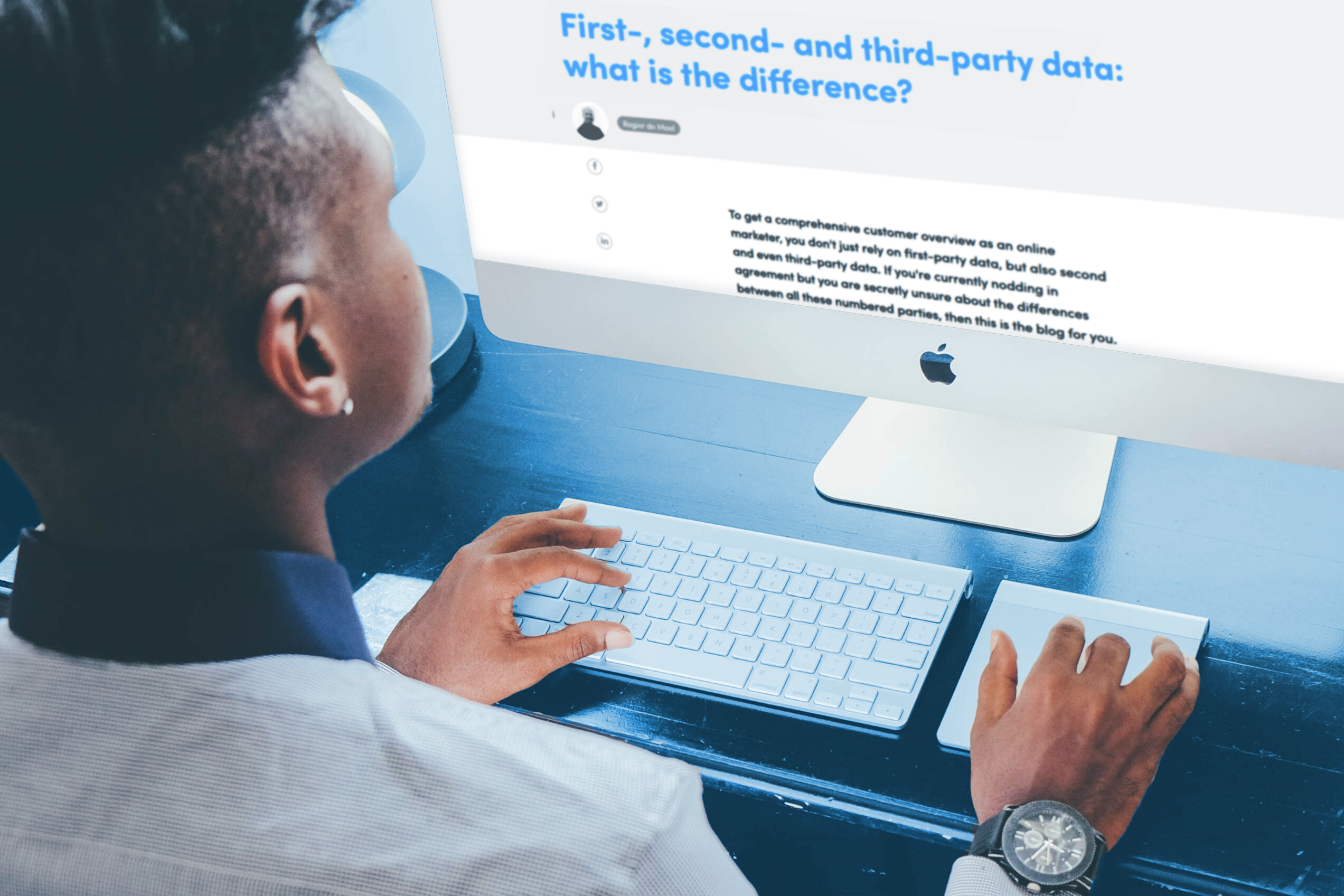Selecting the right Customer Data Platform (CDP) is essential for optimizing your business operations and enhancing customer engagement. But with so many options available, where do you even start? This blog aims to simplify the process by providing a clear, step-by-step guide. Whether you’re a marketer, IT professional, or data engineer, you’ll find valuable insights to help you find the perfect CDP.
1. Define Your Goals and Requirements
The first step in choosing a CDP is to clearly define your business goals and requirements. Identify your primary use cases: are you looking to collect and process data, or is your focus on data activation and customer interaction? Consider what kind of data processing you need: real-time, near-real-time, or batch processing. Think about the key performance indicators (KPIs) the CDP should help you achieve. Determine the specific features essential for your business, such as customer segmentation, data integration capabilities, or advanced analytics. By answering these questions, you can narrow down the list of potential CDPs to those that align with your strategic objectives.
2. Evaluate Your Current Data Infrastructure
Before diving into new technology, take a comprehensive look at your current data infrastructure. Understand the systems you currently use for customer data, how they communicate with each other, and where any bottlenecks exist. Assess your CRM, marketing automation platforms, data warehouses, and other relevant tools. This evaluation will provide a baseline for the capabilities your new CDP must have and where and how the CDP shouldfit your stack.. Ensure that it integrates seamlessly with your existing tools.
3. Understand Your Customer Data and Privacy Requirements
Data privacy is more important than ever. It's crucial to ensure that any CDP you choose complies with relevant laws and protects your customers' data. Ensure the CDP offers compliance features that help you adhere to privacy laws, including data encryption, user access controls, and consent management. Additionally, consider how the CDP handles first-party data. Choosing a CDP that prioritizes data privacy and security not only helps you comply with regulations but also builds trust with your customers.
4. Identify Key Users
Different stakeholders within your organization will use or interact with the CDP in various ways. Identifying these key users and their needs is crucial for selecting a platform that serves everyone effectively. Marketers need a user-friendly interface for creating segments, running campaigns, and analyzing performance. IT professionals require robust data integration capabilities, security features, and scalability. Data engineers and data scientists use advanced tools for data ingestion, transformation, and analysis. Choosing a CDP that accommodates the needs of all your key users ensures smooth adoption across the organization and maximizes its potential.
5. Analyze Your Budget and Resource Capacity
The financial aspect of choosing a CDP is significant. It’s essential to analyze your budget and the resources you can allocate for both the implementation and ongoing maintenance of the platform. Evaluate the upfront costs of purchasing and setting up the CDP, as well as the subscription fees, maintenance costs, and any additional charges for upgrades or premium features. Determine the internal resources required for implementation, including IT staff, training, and ongoing support. Also, consider your future growth potential—choosing a CDP with lower costs but fewer capabilities might mean you need to switch and reimplement later, potentially costing more in the long run. By understanding the financial implications, you can choose a CDP that fits within your budget and offers the best return on investment.
6. Compare Different CDP Options
With your goals, infrastructure, privacy requirements, user needs, and budget in mind, it’s time to compare different CDP options. Create a shortlist of platforms that meet your requirements and compare their features, focusing on the ones that are most critical for your business. Look for reviews from other businesses in your industry and read case studies to gain insights into how a CDP performs in real-world scenarios. Schedule demos with the shortlisted vendors to get a first-hand look at the platform’s capabilities and user interface. Consult a CDP specialist for guidance and advice in your selection process. Utilize resources like the CDP Institute for detailed evaluation guides and comparison tools. This comprehensive approach will help you choose a CDP that best fits your needs.
7. Partner with a CDP Implementation Specialist
Implementing a CDP can be complex, and working with an experienced specialist can increase your chances of success. Specialists are able to provide valuable insights and recommendations based on their experience with dozens of similar projects. They can assist in developing a tailored implementation plan that addresses your specific needs and challenges, and provide ongoing support to ensure the CDP is used effectively. A specialist can help you navigate the technical landscape, ensuring a smooth and successful implementation.
The process of choosing the right Customer Data Platform is a crucial one, involving detailed consideration of your business goals, current infrastructure, (data) privacy requirements, user demands, budget, and available resources. By following these outlined steps, you can select a CDP that will elevate your customer experience and help you reach your business targets with confidence..
A well-chosen CDP will streamline your data management, enhance customer interactions, and offer deep insights into your customer demographics. Take your time to evaluate your options thoroughly, and don’t hesitate to seek expert advice to ensure you select the best platform for your needs. Good luck with your selection!




